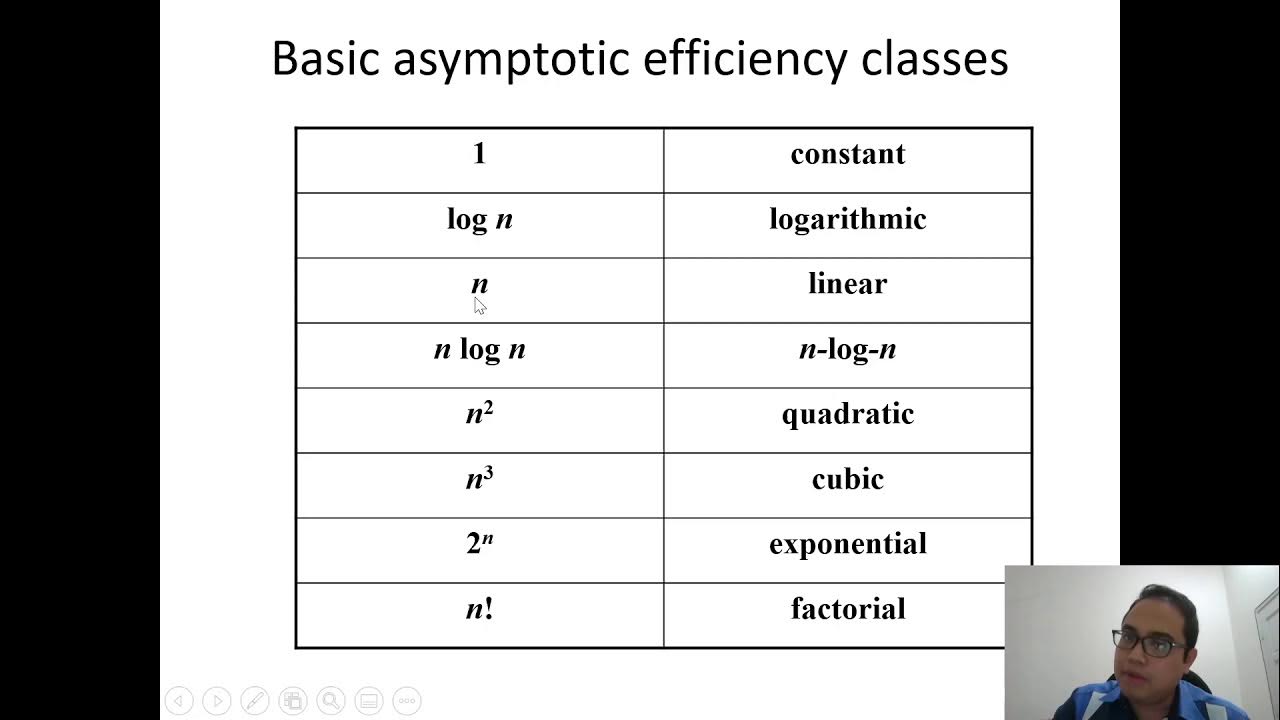AO* algorithm in AI (artificial intelligence) in HINDI | AO* algorithm with example
Summary
TLDRThis video delves into the AO* algorithm, a problem-solving technique rooted in AND/OR graph theory. It emphasizes problem decomposition, breaking down complex issues into simpler parts. The script contrasts AO* with the A* algorithm, highlighting that while A* guarantees the optimal solution, AO* does not, but can be more efficient by stopping the search once a solution is found. The video uses the example of passing an exam through cheating or hard work to illustrate AND/OR graphs, where hyperedges represent combined conditions. It also explains the importance of re-evaluating heuristic values at each level of the graph, which is crucial for AO*'s operation.
Takeaways
- 🧩 The AO* algorithm is based on AND/OR graphs, which are specialized graphs used for problem decomposition.
- 🔍 Problem decomposition involves breaking down complex problems into smaller, more manageable pieces to find solutions.
- 📚 AND/OR graphs are unique because they use hyperedges to represent complex relationships between nodes, unlike simple edges in traditional graphs.
- 🚀 AO* and A* are both informed search techniques that use heuristic values to guide the search for solutions.
- ⭐ A* guarantees the optimal solution by exploring all possible paths, while AO* does not guarantee optimality but can find solutions more efficiently.
- 🔄 Underestimation and overestimation play a crucial role in how AO* and A* algorithms determine the heuristic values and path costs.
- 🌐 AO* can stop exploring further once a solution is found, unlike A* which continues to explore all paths to ensure the optimal solution.
- 📈 The AO* algorithm updates and propagates heuristic values up the tree from child nodes to the root node, which can change the estimated costs.
- 🔄 The script provides an example of how AO* calculates and updates heuristic values at different levels of the AND/OR graph to find a solution.
- 🏁 The final solution in AO* is represented by a solution graph or tree, which is constructed by iteratively updating and selecting the minimum heuristic values.
Q & A
What is the AO* algorithm?
-The AO* algorithm is a search algorithm based on AND/OR graphs, which works by decomposing complex problems into smaller sub-problems and finding solutions through this process.
What is the primary difference between AO* and A* algorithms?
-The primary difference is that A* always guarantees an optimal solution, while AO* does not. A* explores all solution paths to ensure optimality, whereas AO* may stop exploring further once a solution is found.
What is an AND/OR graph?
-An AND/OR graph is a specialized graph that represents problem-solving scenarios where solutions can be found through either AND (all conditions must be met) or OR (any condition can lead to a solution) relationships.
How does the AO* algorithm handle problem decomposition?
-The AO* algorithm handles problem decomposition by breaking down complex problems into smaller sub-problems, evaluating potential solutions at each step, and then recombining these solutions to solve the original problem.
What is the role of heuristic values in the AO* algorithm?
-Heuristic values in the AO* algorithm are used to estimate the cost from a given node to the goal state. These values guide the search process by helping to determine the most promising paths to explore.
Why might AO* not always find the optimal solution?
-AO* might not always find the optimal solution because it can stop exploring further paths once a solution is found, without ensuring that all possible paths have been evaluated for potential lower costs.
How does the AO* algorithm update heuristic values as it explores the graph?
-The AO* algorithm updates heuristic values by recalculating them at each level of the graph based on the costs and heuristics of child nodes, and then propagates these updated values back to the root node.
What is the significance of hyperedges in AND/OR graphs?
-Hyperedges in AND/OR graphs represent a relationship where multiple nodes or conditions must be satisfied simultaneously to reach a solution, distinguishing them from simple edges that represent individual paths.
Can you provide an example of how the AO* algorithm might be used to solve a problem?
-An example given in the script is passing an exam, where one can either cheat or work hard. The algorithm evaluates the costs and heuristics of these options and their sub-options to determine the best path to achieve the goal of passing the exam.
How does the AO* algorithm handle the exploration of different paths in the graph?
-The AO* algorithm explores different paths by evaluating the costs and heuristics at each node and choosing the path with the lowest estimated cost. However, once a solution is found, it may not explore all other paths that could potentially lead to a better solution.
What is the importance of terminal nodes in the AO* algorithm?
-Terminal nodes in the AO* algorithm represent goal states or end conditions. The algorithm evaluates the costs to reach these nodes and uses their heuristic values to guide the search process towards a solution.
Outlines

This section is available to paid users only. Please upgrade to access this part.
Upgrade NowMindmap

This section is available to paid users only. Please upgrade to access this part.
Upgrade NowKeywords

This section is available to paid users only. Please upgrade to access this part.
Upgrade NowHighlights

This section is available to paid users only. Please upgrade to access this part.
Upgrade NowTranscripts

This section is available to paid users only. Please upgrade to access this part.
Upgrade NowBrowse More Related Video

6.4 Hamiltonian Cycle - Backtracking

Projeto e Análise de Algoritmos - Aula 14 - Classes de problemas: Problemas P, NP e NP-completos

G-28. Shortest Path in Undirected Graph with Unit Weights

DAA Unit - 1 🎯Foundations of Algorithm 🔍 40 Top most V.V.i questions 🔄 || CSE 408

CSC645 - Chapter 1 (Continued) - Fundamentals of Algorithm Analysis

3 Types of Algorithms Every Programmer Needs to Know
5.0 / 5 (0 votes)